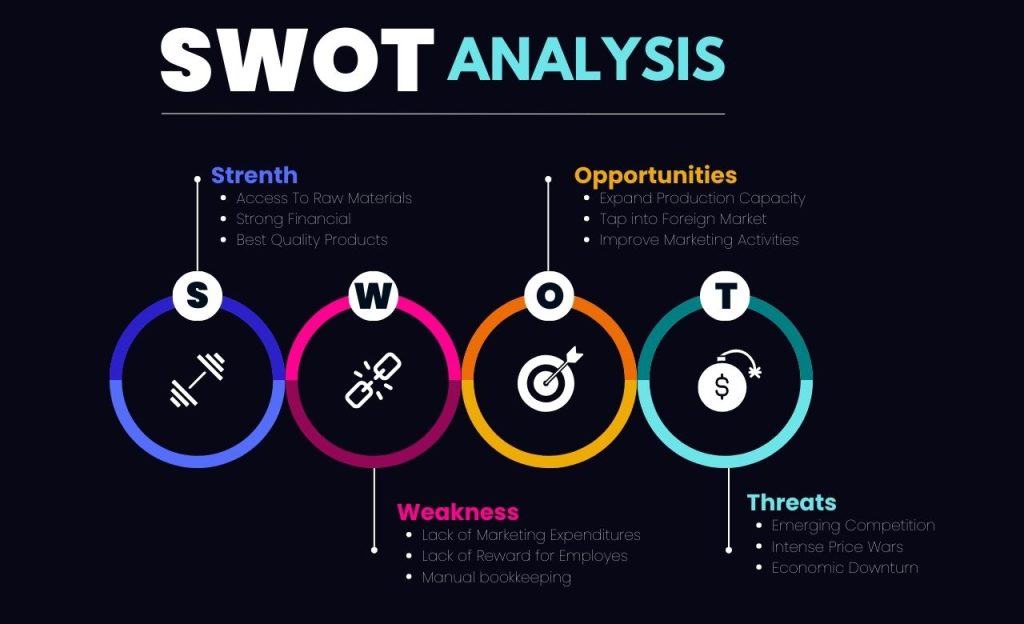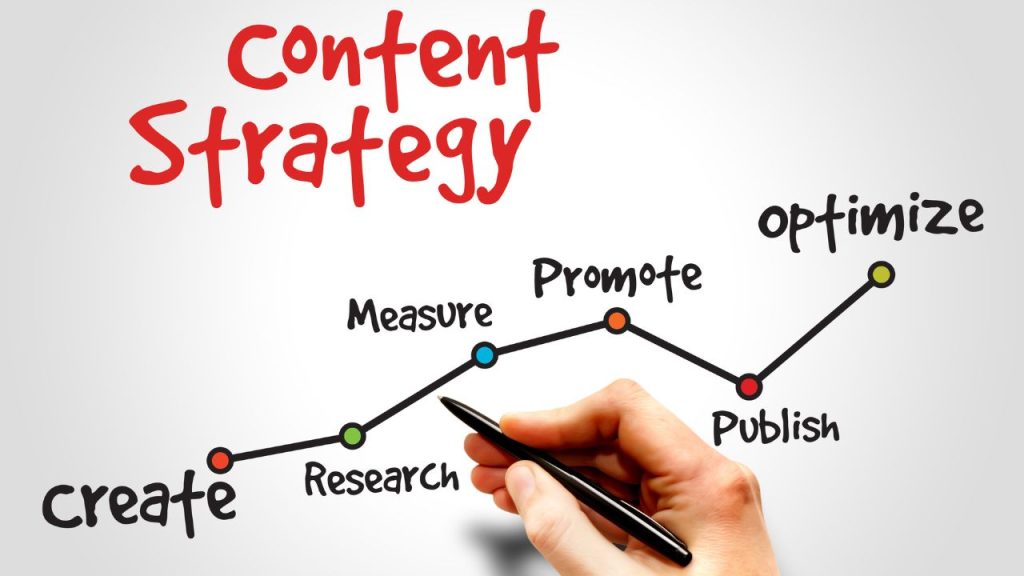Companies with a blog generate 67% more leads and reach a wider audience as compared to companies without one!
A well-crafted digital marketing plan is not just an option but a necessity for businesses looking to succeed online. From small startups to large corporations, a solid digital marketing strategy can make all the difference in reaching and engaging with your target audience effectively.
In this blog, we will walk you through each step of creating a digital marketing plan that drives results and will boost your business growth. So, let us get started.
How to Prepare and Write an Effective Digital Marketing Plan
Step #1: Define Your Objectives

The first step in creating a digital marketing plan is clearly defining your objectives. What are you aiming to achieve through your efforts? Whether it’s increasing brand awareness, driving website traffic, generating leads, or boosting sales, your objectives should be specific, measurable, achievable, relevant, and time-bound (SMART). By setting clear objectives, you’ll have a clear direction for your digital marketing strategy and be able to track your progress effectively.
The optimal way to create the objectives is by identifying opportunities and roadblocks in the business journey.
- Raise awareness among the targeted audience. Introduce your brand or product by specifically focusing on a problem and addressing it efficiently.
- Familiarize the customers with your brand/product. At this stage, they will explore multiple alternatives and evaluate them.
- Use the information that you gathered from the earlier stages to persuade/influence customers’ purchasing decisions.
Establishing digital marketing goals at the outset leads to the proper allocation of resources based on the priority matrix. It helps in effective decision-making since the objectives are clearly laid out for the organization/company, and less energy is spent on low-yielding tasks.
Step #2: Know Your Target Audience

Understanding your target audience is crucial for creating a successful digital marketing plan. Who are your ideal customers? What are their demographics, interests, and preferences? Conduct market research with the help of an SEO digital marketing agency and create detailed audience personas to gain insights into your target audience’s needs, pain points, and online behavior.
- Demographics: Generic information such as age, gender, occupation, and culture can help you tailor your marketing strategy for a particular audience.
- Customer Behavior: Use the database information and analyze the behavioral patterns of the customers regarding the product or your services.
- Purchase Motivations: Analyze the data to gauge consumer motivations for making the purchase, such as convenience, need, status, value, or addictive tendencies.
Using the above parameters, you can segment the audience into multiple sections and frame a strategy most suitable for the targeted subset.
Step #3: Conduct a SWOT Analysis

SWOT analysis is a strategic planning tool that helps businesses to identify their strengths, weaknesses, opportunities, and threats. By conducting a SWOT analysis, you can better understand your business’s internal capabilities and external market conditions. Identify your strengths and weaknesses, such as your brand reputation, resources, expertise, and opportunities and threats in the competitive landscape. This analysis will help you develop strategies that leverage your strengths and opportunities while mitigating your weaknesses and threats.
It provides a considerable advantage to businesses by enabling an understanding of the ecosystem in which it exists and customers’ needs. By offering a holistic view of multiple factors such as intermediaries, digital habits, influencers, and many more–businesses can implement proper benchmarking techniques for desirable results and best practices.
Along with the SWOT analysis, companies can also conduct an internal study to gauge the overall digital efficiency of the projects. It will provide insight into the website’s user-friendliness, usability, and experience.
Step #4: Choose the Right Digital Channels

With so many digital marketing channels available, choosing the ones that best align with your objectives and target audience is essential. Consider factors such as the demographics of each platform’s users, the type of content they prefer, and the level of engagement you can expect. Whether it’s social media platforms like Facebook, Instagram, and Twitter, search engines like Google, or email marketing, select the best channels to reach and engage with your target audience effectively. Along with social media channels, you can interact with the audience through the “About Us” section.
Step #5: Develop Your Content Strategy

Content is king in digital marketing. From blog posts and articles to videos, infographics, and social media posts, high-quality content is essential for attracting and engaging your target audience. Develop a content strategy that aligns with your objectives, target audience, and chosen digital channels. Create valuable, relevant, and engaging content that educates, entertains, or inspires your audience and encourages them to take action.
A personalized content strategy for your business model is the ultimate game-changer. This can be done through the following.
- By effectively engaging with the target audience and creating a buyer persona that can appeal to the masses. Proper segmentation of the audience is the first step to developing an impactful content strategy.
- For a targeted content strategy, identifying your value proposition is crucial. The content should be tailored to highlight the features of the business.
- To position the brand favorably in the user’s mind, create a communication plan for every channel. The buyer persona and content strategy are intricately linked and must reflect the core values of the business. Analyze the buyer persona and produce content suitable from the information profile.
- For content optimization, make use of keyword research to improve the SEO ranking, create a content calendar for long-term and strategic content creation, and plan out the publishing schedule.
Step #6: Digital Strategies and Techniques

Depending on the goals of the marketing plan, use diverse strategies such as email marketing campaigns, social media, web optimization, SEO strategies, and CRM. You can consider using webinars, infographics, ebooks, and dossiers to widen the reach and offer discounts and promotional offers.
Digital space is constantly expanding, and making judicious use of marketing automation tools become imperative. Creating workflows and personalized messages can increase your conversion rate.
Step #7: Set Your Budget and Allocate Resources

Budgeting is a crucial aspect of digital marketing planning. Determine how much you’re willing to invest in your digital marketing efforts and allocate your resources accordingly. Consider factors such as advertising costs, content creation expenses, and any other resources you may need, such as tools or software. By setting a budget and allocating your resources strategically, you can maximize the impact of your digital marketing plan while staying within your means.
Step #8: Create a Timeline and Milestones

Creating a timeline with clear milestones and deadlines is essential for staying organized and accountable. Break down your digital marketing plan into manageable tasks and set realistic timelines for each. Consider factors such as campaign launch dates, content creation schedules, and ongoing optimization efforts. Regularly monitor your progress against your milestones and adjust as needed to stay on track and achieve your objectives.
Step #9: Implement, Monitor, and Evaluate

With your digital marketing plan in place, it’s time to implement it. Implement your strategies across your chosen digital channels and closely monitor their performance. Track key performance indicators (KPIs) such as website traffic, engagement metrics, and conversion rates to measure the success of your efforts. Regularly evaluate your results and make data-driven adjustments to optimize your strategies and improve your results over time.
Analyzing the results can be a critical step in optimizing your marketing strategy for wider reach. Measuring the results using KPIs can help us tailor the strategy for expected ROI. Various tools are available that can provide you with real-time visualization data for your model.
Wrapping Up
A comprehensive digital marketing plan requires careful planning, research, and execution. Following these steps and staying adaptable to change, you’ll be well-positioned to achieve your business objectives and stand out in the digital landscape.
In this blog, we discussed the steps that are important for creating an effective digital marketing plan for your business. Hopefully, you found this helpful.